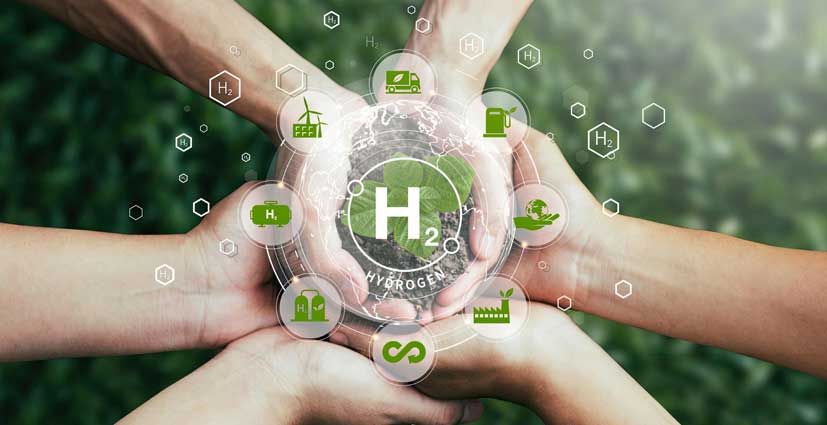In a significant leap towards sustainable energy practices, India made major strides by announcing the Green Hydrogen Policy in February 2022, followed by the National Green Hydrogen Mission in January 2023.
To give effect to the Policy and Mission, the Government of India has made tweaks in certain rules. For example, the Electricity (Promoting Renewable Energy Through Green Energy Open Access) Rules 2022, allow obligated entities an opportunity to meet their Renewable Purchase Obligation (RPO) by procuring green hydrogen or green ammonia. This approach is good structure to provide the thrust.
Furthermore, to ensure that the green hydrogen produced meets high environmental standards, the MNRE has issued the Green Hydrogen Standard, establishing emission thresholds for classifying hydrogen as 'Green'. Green hydrogen, under this standard, must have a well-to-gate emission not higher than 2 kg carbon-di-oxide equivalent per kg of hydrogen.
Project opportunities and risk considerations for developers
With grey hydrogen being currently utilised in sectors like fertiliser, refineries, petrochemicals, steel and cement industries, there is a ready market for green hydrogen should the players chose to transition towards sustainability.
The recent launch of twin tenders by Solar Energy Corporation of India Limited (SECI) underscore the government's commitment to turning policy into action. The first tender calls for the establishment of production facilities for green hydrogen or its derivatives. The total capacity offered in this tender accounts for an annual production of 0.45 MMT. This endeavour is poised to trigger a substantial demand for renewable energy capacity addition, estimated at a staggering 11 GW. In parallel, the second tender focuses on manufacturing capacities for electrolysers and aligns with the objective of addressing the critical infrastructure required for the electrolysis process which produces green hydrogen.
However, unlike other SECI tenders for purchase of power, the offtaker counterparties for hydrogen projects would be industrial consumers and not SECI. Therefore, the developers and financiers will have to factor in the counterparty risk for each hydrogen offtake agreement as per the specific offtaker and industry. To structure these hydrogen offtake agreements, drawing parallels with liquefied natural gas (LNG) offers valuable insights. Projects should seek long-term offtake agreements and ensure stipulations such as ‘take-or-pay’ are present for revenue predictability.
Further, hydrogen projects have a long value chain. Renewable energy plant would account for one main component with water being the second. Electrolyser along with storage and transportation infrastructure would be the other part of the project. With such a long value chain, it becomes imperative to mitigate the risk in supply of inputs and availability of transportation infrastructure. For example, the power purchase agreement should align with hydrogen offtake agreement to ensure timely commissioning of both electrolyser and power plant. Further, due to low-density of hydrogen and difficulties in transportation it can be evaluated if having the hydrogen projects close to the offtakers is favourable.
There are two models of developing hydrogen projects. In the composite model, the renewable energy company operates both the renewable project and the hydrogen facilities. In a split model, the hydrogen production facility may be housed in separate entity then the power production facility. While the integrated/composite model streamlines financing and risk allocation, offering simplicity in certain aspects, it may be less flexible in terms of enabling various sponsors to own different parts of the project or undertake separate financings. The preferred project structure ultimately hinges on individual project circumstances, encompassing commercial, financing, and tax considerations, alongside potential subsidies and tax incentives.
Concluding thoughts and way forward
Green hydrogen developers have the benefit to incorporate the learnings from both renewable energy and LNG projects. It is time to put this to practice and transition to cleaner tomorrow to achieve net zero target. Additionally, the entire value chain will need to carefully analysed and mapped to mitigate or minimise any potential risks to achieve the desired goal.

